Elemental reactions are the basis of the combat system in Genshin Impact. In this guide, you can learn exactly how they work in order to use them most effectively in combat with a wide variety of opponents.
How elemental reactions work
During the battle, due to the influence of the character or the environment, the enemy can receive the status of some element, which is called an aura. When any other element is superimposed on the aura, an elemental reaction occurs. When calculating the damage of the resulting reaction, only the stats of the hero who closed it matter. The parameters of the character applying the aura are not taken into account. It is worth noting that elemental reactions allow you not only to deal more damage, but also to more effectively remove various elemental shields from enemies.

General Description of Elemental Reactions
Knowing the basic principles of creating elemental combinations will help you increase the overall damage dealt by your team. The picture below clearly shows which elements cause certain reactions.
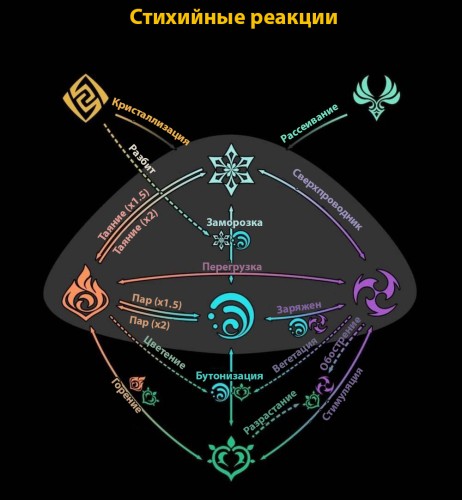
The table below summarizes all elemental combinations and their effects.
| elemental reaction | elements | Effect |
|---|---|---|
| Steam |
|
Deals 200% damage if Hydro attacks Pyro, or 150% damage if Pyro attacks Hydro. |
| Melting |
|
Deals 200% damage if Pyro hits Cryo, or 150% damage if Pyro hits Pyro. |
| Elemental Reaction: Overloaded |
|
Creates an explosion that deals area damage to Pyro. |
| Superconductor |
|
Deals Cryo damage in an area and reduces the physical resistance of affected targets by 40%. |
| Elemental Reaction: Frozen |
|
Freezes the enemy, completely immobilizing them. |
| charged |
|
Deals permanent Electro damage over a period of time. |
| Elemental Reaction: Swirl |
|
Deals additional damage with dispelling element, imposing the corresponding status on the enemy. |
| Crystallization |
|
Creates a Elemental Reaction: Crystallize from a portion of an enemy's energy that grants the corresponding elemental Noelle: Protector to the hero. |
| Elemental Reaction: Burning |
|
Deals constant Pyro damage over a period of time. |
| Stimulation |
|
Creates a special aura. In the event of an attack by an enemy with this Dendro or Electro elemental status, the damage will increase significantly. |
| overgrowth |
|
Increases Electro damage. |
| Aggravation |
|
Increases Dendro damage. |
| Budding |
|
Creates dendro cores (up to 5 at a time). |
| vegetation |
|
Activates homing cores that deal damage in an area. |
| Bloom |
|
Instantly activates cores that deal damage in an area. |
Among other things, almost every basic element by itself can impose a certain effect on creatures under its influence:
| Element | Effect |
|---|---|
|
Cryo |
Decreases creature movement speed. |
|
Electro |
Reduces the energy reduction required to recharge elemental skills. |
|
Hydro |
Imposes Wet status on creatures. |
|
Pyro |
Deals fire damage in a small area (approximately three units per second). |
We add that all reactions at the present time can be conditionally divided into Amplifying, Transforming and Adding. Next, we describe in detail the principles of their work.
Reinforcing reactions
They are also called 1st order reactions. These include Steam, which is formed from the contact of pyro and hydro, and Melting, resulting from the imposition of cryo on pyro. During these reactions, the damage that the character inflicts on the enemy with his skills is multiplied by the reaction coefficient. Therefore, all damaging stats of heroes are important for buff reactions, such as attack power (elemental mastery or HP for some characters), the level of the character and his talents, various bonuses, such as elemental damage bonus, and critical damage indicators.
In amplifying reactions, it is especially important which element caused the reaction, since it depends on what damage will be done to the enemy. It is worth remembering that hydro status is stronger than pyro, and he, in turn, is stronger than cryo. When applying an element to a weaker aura, the reaction coefficient will be 2x. In the reverse situation, the coefficient is 1.5x. But it is worth noting that a weak aura after the impact of stronger elements disappears much faster than it happens in the reverse situation.
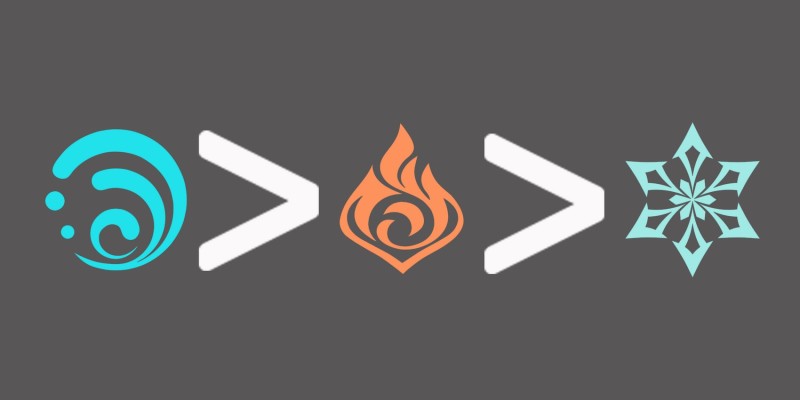
That is why it is much more effective to use units built on backlashes, since in this case stronger statuses are consistently left on the enemies. For example, units with Hu Tao, in which her pyro attacks hit the hydro aura left behind Xingqiu.
In addition to the type of reaction (direct or reverse), the value of the mastery of the character's elements also affects the coefficient. You can learn more about the role of this parameter in all elemental reactions in this guide.
Transformative reactions
Transformative Reactions, also called Tier 2 Reactions, do not affect the actual damage dealt by the character, but create a separate damage reaction. In this case, its damage will be determined only by the level of the character that caused the reaction, and its elemental mastery value. The only exception here is the second constellation of Nahida, which allows all Transformative reactions that include the dendro element to become critical.
Charged

While the reaction lasts, enemies affected by it will receive electro damage once per second. At the same time, the auras of both elements remain on it, due to which, when using the third element, it is possible to simultaneously cause additional reactions with both hydro and electro. For example, when using Pyro on an enemy under the influence of this reaction, you can trigger the Elemental Reaction: Overloaded and Steam reactions. One of the strongest units in the game is based on this effect, consisting of Raiden Shogun, Xiangling, Bennett and Xingqiu/ Yelan.
Note: Charged spreads to all nearby wet targets. You should be careful with this effect when fighting in water, as the reaction can damage your character as well.
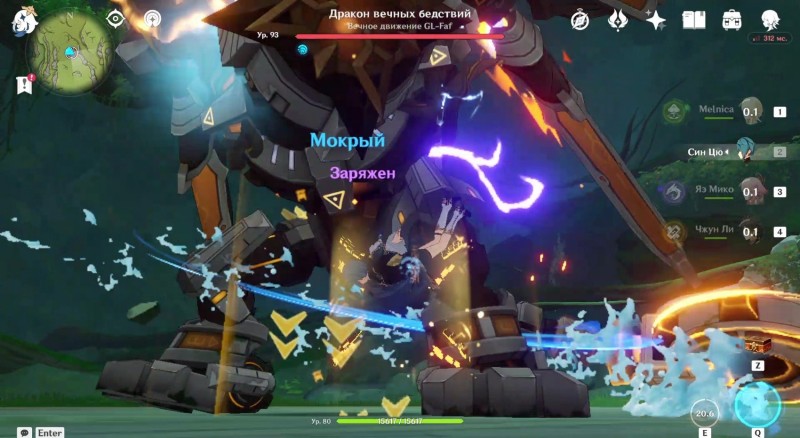
Elemental Reaction: Overloaded
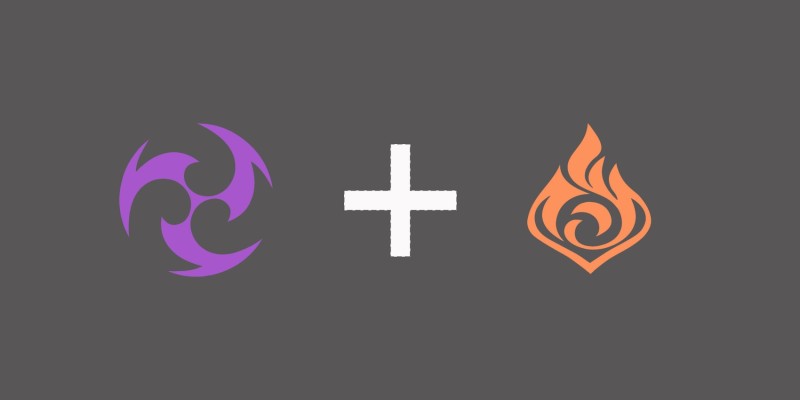
The result of this reaction is an explosion that deals pyro damage in an area, does not create a pyro aura, but effectively destroys geo shields, and also staggers enemies. Also, Elemental Reaction: Overloaded repels, without causing damage, the character himself, which can make it difficult to play from this reaction. If desired, you can use Overload to mine ore.
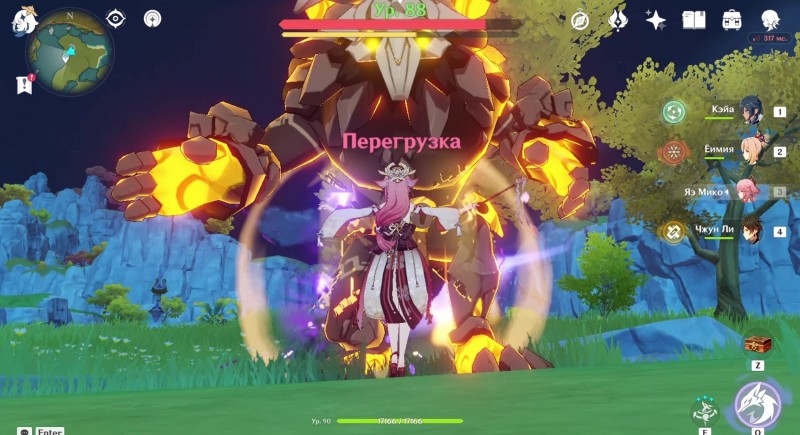
Elemental Reaction: Superconduct

The combination of cryo and electro creates a Elemental Reaction: Superconduct that deals cryo element area damage and reduces enemies' physical resistance by 40% for 12 seconds. The reaction is used primarily in units aimed at dealing physical damage, such as groups with Razor or aeola.

Elemental Reaction: Frozen

The Elemental Reaction: Frozen reaction can be caused by the interaction of cryo and hydro elements. From the reaction itself, opponents do not receive damage, receiving only the Elemental Reaction: Frozen status, but they are deprived of the ability to move and attack, due to which units playing from Freeze can sometimes do without healing and shields. It is worth noting that bosses impossible to freeze.
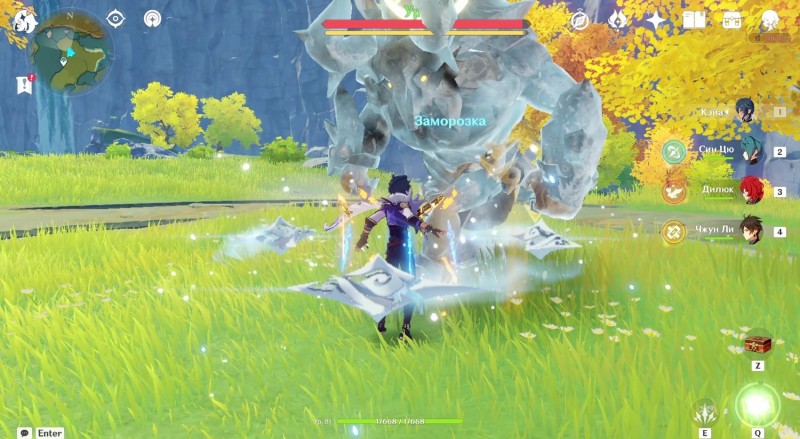
Broken
The reaction can only occur as a result of Freeze, as it appears when inflicting a heavy blow, such as a two-handed sword or a geo element, on a previously frozen enemy. It deals physical damage while breaking Freeze. It is worth remembering this when composing units that are played from this combination.
Elemental Reaction: Swirl

Occurs when an anemo element acts on hydro, pyro, electro and cryo. The reverse order is possible only in combat with Anemo Hypostasis, since only this enemy has a permanent anemo aura. This reaction causes the element that was dispelled to be applied to all targets in the area of effect of the skill and deals additional damage to them with this element. The hydro element stands out here, which can only deal damage to one enemy, from which it was scattered. In cases where the targets of this reaction already have some kind of aura, Elemental Reaction: Swirl allows you to create other reactions, the damage of which will depend on the anemo of the character that closed the reaction.
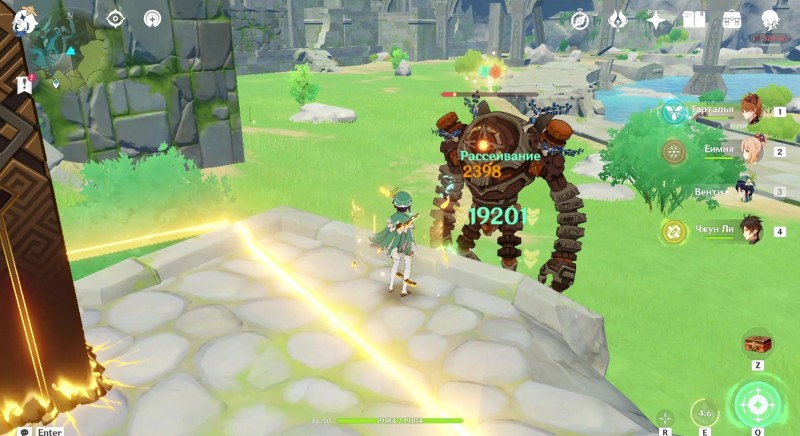
Crystallization

Crystallization can occur when geo influences pyro, cryo, electro and hydro auras. As a result, no damage is inflicted, but fragments, or crystals, of the element with which the geo interacted appear. Picking up this shard generates a Noelle: Protector corresponding to the shard's element. Its durability depends on the mastery of the elements and the level of the geo character that created the shard. When picking up a new crystal, the element and duration of the shield are updated. When possible, fragments always appear in the face of the enemy.

Elemental Reaction: Burning

A combination of pyro and dendro elements creates a Elemental Reaction: Burning that deals continuous pyro damage in a small area every 0.25 seconds. Although the Elemental Reaction: Burning creates a special aura, with all elements except Dendro and Pyro prolonging the Elemental Reaction: Burning, it reacts in the same way as a normal pyro aura.
Note: burning grass can also damage your hero, dealing 5% of the damage that an enemy would take in a similar situation.
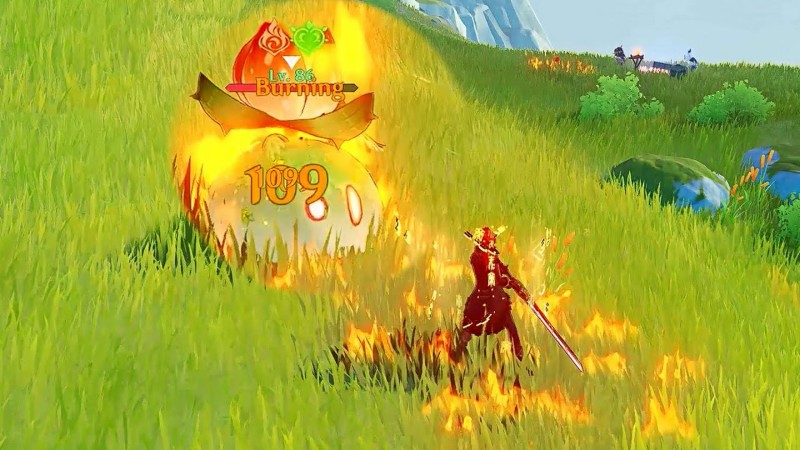
Budding

At the moment of its occurrence, the Budding reaction does not cause damage, but it does create a dendro core, which is also called buds. No more than 5 cores can exist at the same time, if this number is exceeded, the first created core explodes. The life of any bud does not exceed 6 seconds, after which it explodes on its own. The explosion damages dendro enemies without giving them dendro status.
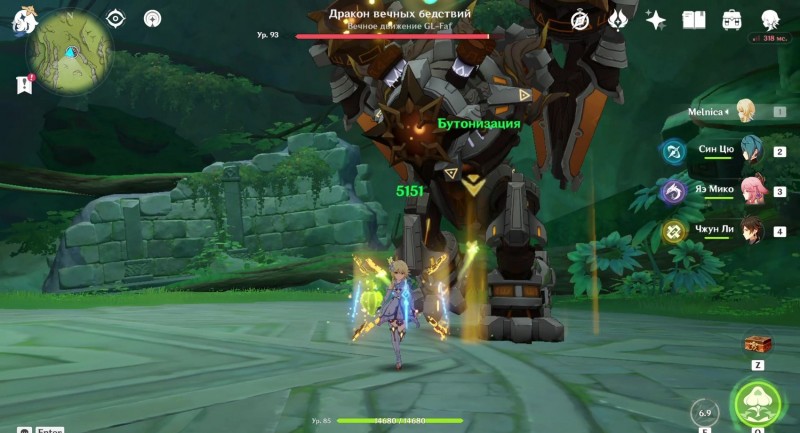
It is worth noting that the character is also able to receive explosion damage, in the amount of 5% of the damage received by enemies. With the help of a tie, for example from Venti or Kazuha, you can pull the buds into one place. Hydro usually triggers the reaction, since its status is weaker than the dendro.
Bloom

It occurs when a pyro element acts on a previously formed bud, which closes the reaction. During Bloom, the core explodes, dealing more damage relative to the explosion of the core in the Budding reaction, but still does not apply the dendro status to enemies. The character also takes 5% damage.
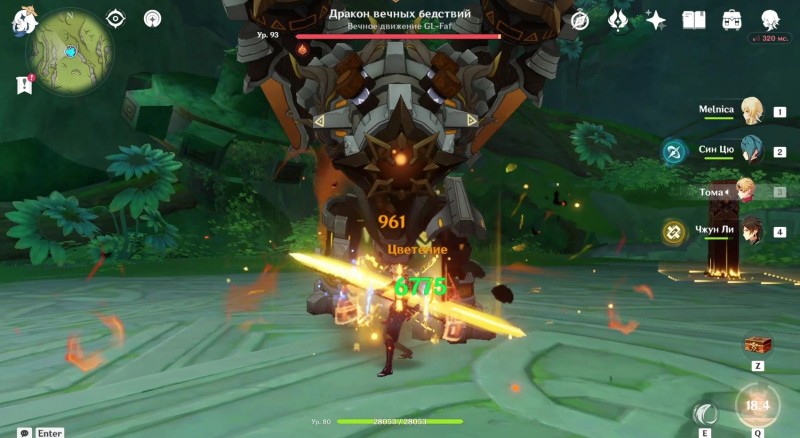
Vegetation
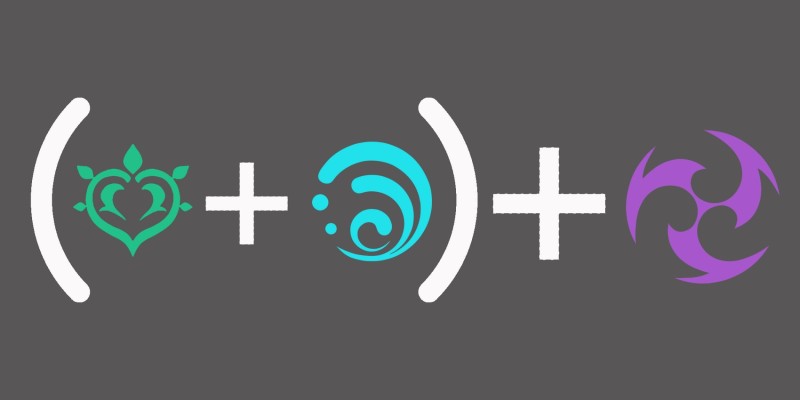
Occurs when an electric element is applied to the bud, on which the damage of the reaction depends. As a result, homing projectiles appear in place of the core, which are able to independently find the enemy, causing dendro damage several times greater than during the explosion of the core in Budding. The target still does not get dendro status. Projectiles damage in an extremely small area, so the character will receive 5% damage only if he stands close to the enemy.

Additive reactions
These include all reactions between electro and dendro elements. Also known as catalysis.
Stimulation

Stim by itself is not capable of dealing damage. It creates a special aura that looks like yellow lightning on the enemy, and can simultaneously exist with electro, dendro and cryo statuses, but will react like a dendro aura with pyro and hydro, thereby destroying the Stimulation aura. Therefore, in units that play from this reaction, it is preferable not to take the heroes of these elements. Usually the aura lasts from 6 seconds and is updated with the next combination of electro and dendro statuses on the enemy.

Exacerbation and growth
When a target with a Stimulation aura receives electro or dendro damage, the Aggravate and Grow reactions are created, respectively. They give additional damage, which in the damage formula works in the same way as, for example, a buff Yun Jin. The increase in damage depends on the level of the character that caused the reaction, and his mastery of the elements. Thus, when calculating the final damage, the level of talents and the character’s attack power do not matter, but various attack bonuses and crits are still of great importance.
Using elements
The interaction of elements with the surrounding world is important not only in combat, but also during the exploration of the world. In addition to activating the corresponding elemental monuments, each element helps to solve a large number of riddles.
Application of Pyro
- Used to light cooking fires, torches, and other sources of fire.
- Burning a vine that blocks access to chests or created by shamachurls, setting fire to wooden boxes.
- Ice thaw on Dragon Ridge.
- The pyro element can be used to collect materials such as a misty flower and Electro Crystal.
- Putting trilakshana creatures, such as dangerous mushrooms, into the Scorched state.
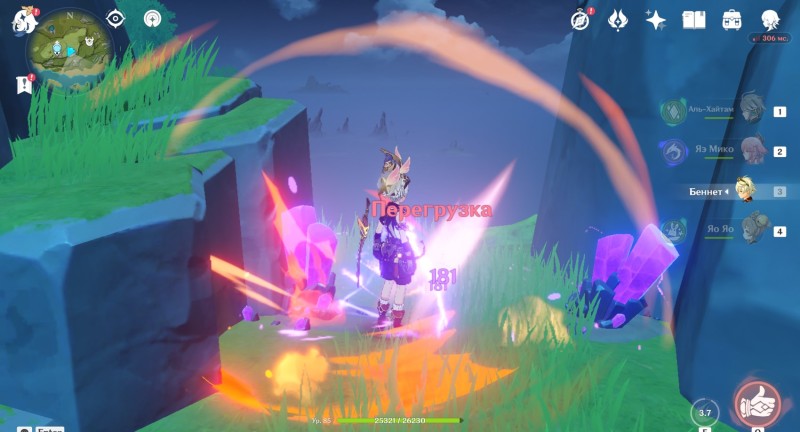
Application Hydro
- Putting out bonfires and fires.
- The Prey flaming flowers.
- Removing pollution during some quests.
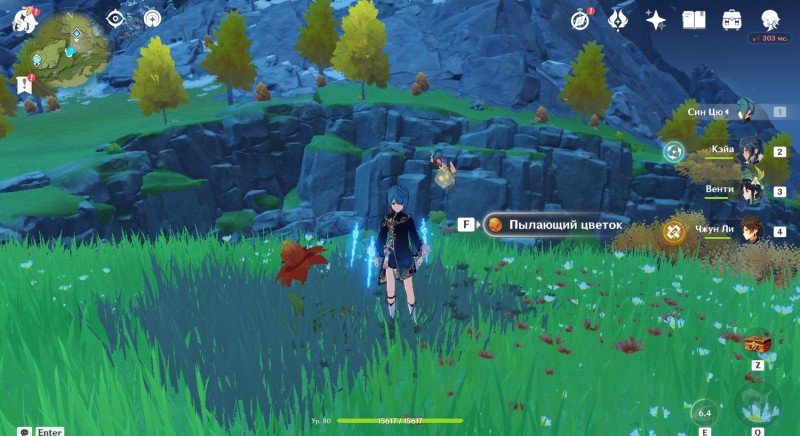
Application of cryo
- As well as the hydro element, it is suitable for collecting flaming flowers.
- Creation of ice crossings over water bodies (for example, to get to secret island ).

Application Electro
- Collection sakura flowers.
- Bringing trilakshana creatures, such as triyana seeds, into the state of Animation.

Application Dendro
- Interaction with inflorescence buds located throughout Sumeru to spawn four-leaf symbols for fast travel.
- The return of trilakshana creatures to their normal state.

Application of Anemo
- Activating mill mechanisms, commonly found in Mondstadt and Liyue, to create wind currents and in some cases, speed rings that can lead to a distant location or treasure.
- Collection dandelion seeds in Mondstadt.
- Scavenging during some quests.
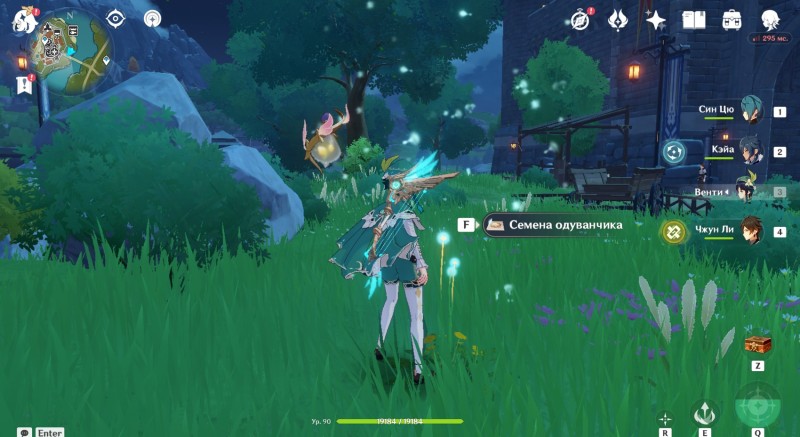
Application Geo
- Destruction of ore or stone objects such as a pile of stones or a stone Noelle: Protector.
- Activation of pressure plates by geo structures.
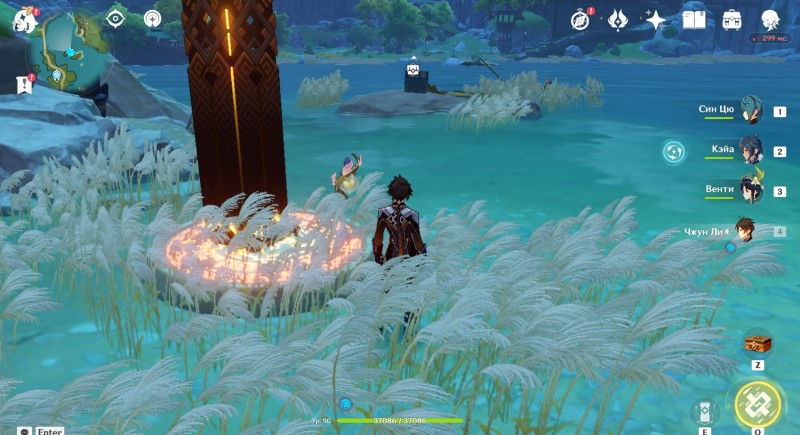
This is all the basic information about the elements and elemental reactions in Genshin Impact. We hope that it will help you better understand the mechanics of the game and create optimal character teams.

 Pyro
Pyro Hydro
Hydro Cryo
Cryo Electro
Electro Anemo
Anemo Geo
Geo Dendro
Dendro

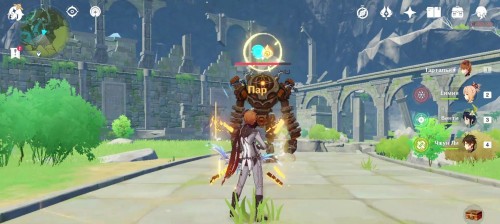
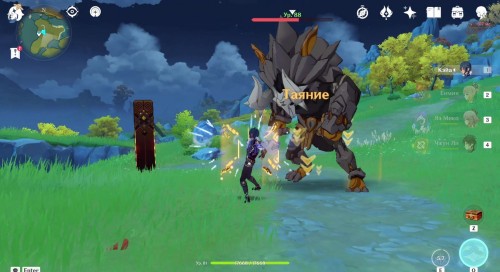
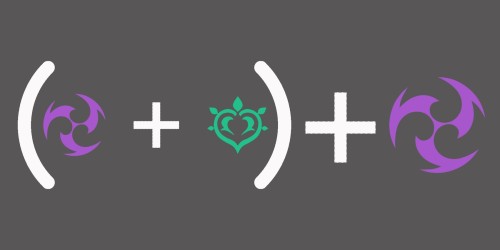
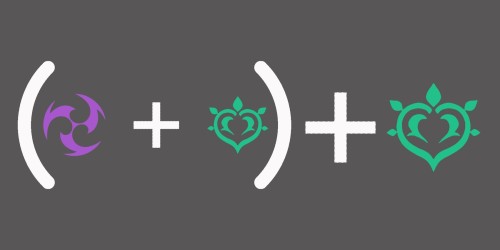
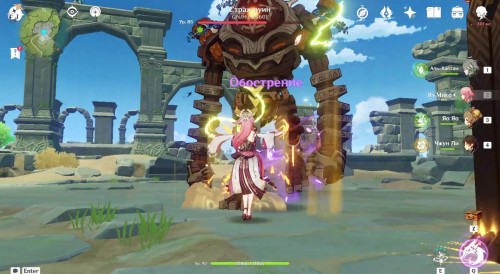
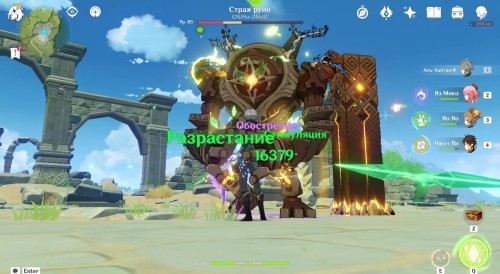
Comments
You need to login to add comments.
You can login with